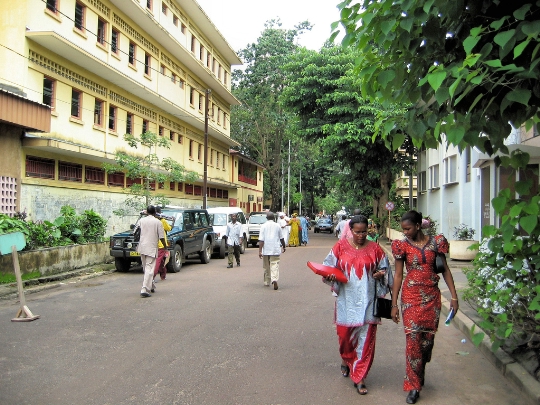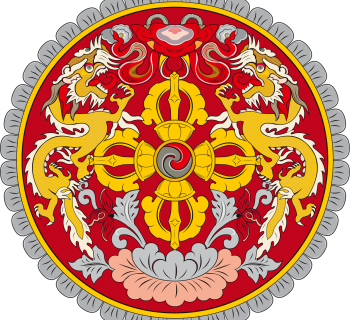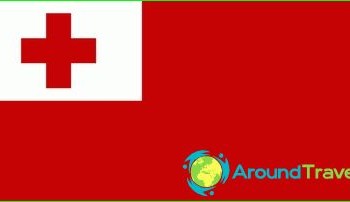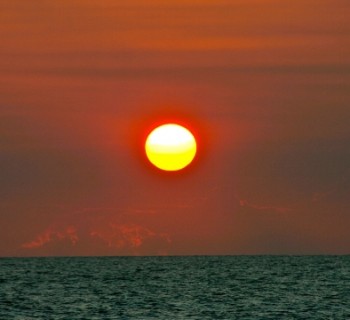Conakry - the capital of Guinea

Some settlements of this planet have to simultaneously play the role of the main city of their state and the administrative center of one of the regions. Such is, for example, the capital of Guinea, the beautiful Conakry, besides, it is also a large seaport located on the Atlantic coast..
In this regard, the city is growing right before our eyes: statisticians have calculated that the number of its inhabitants has doubled in five years, and today it has exceeded the mark of two million people. Another interesting fact - Conakry occupies the territory of the Calum Peninsula and the Tombo Islands, connected by a dam, not by a bridge..
origin of name
There are, as always, several versions of the appearance of the Conakry toponym. The most beautiful legend speaks of a man named Cona who appeared on the neighboring shore (nakiri means «the other side»).
The first inhabitants chose not the mainland, but the island of Tombo, where they were reliably protected from the encroachments of external enemies. Later, the most daring crossed over to «mainland» and mastered the territory. And the fact that there were enough people who wanted to seize this piece of land is at least evidenced by the fact that both the British and the French acted as colonizers on these lands. Since the number of natives at that time barely reached five hundred people, there was no one to give a decisive rebuff to the invaders..
Although, on the other hand, they say that it was thanks to the French that the city appeared, previously there were only small fishing villages. Since the 1890s. the city was entrusted with the role of the center of the colony of French Guinea. Conakry became the capital of the free Republic of Guinea in 1958. In 1970, the city fell into the hands of the Portuguese, however, «an occupation» lasted a record short time - only a day.
Contemporary architecture and landmarks
At the moment, Conakry cannot surprise tourists with ancient architectural masterpieces, since active development began only at the end of the 19th century. For the residents of the capital themselves, the pride is the buildings in which today are located:
- Polytechnical Institute;
- National Museum;
- Science Center;
- Hotel «Camayen».
But for tourists, they are not of great interest, except perhaps the National Stadium, and even then - only for guests from Russia, since this grandiose sports facility was built by our compatriots..




